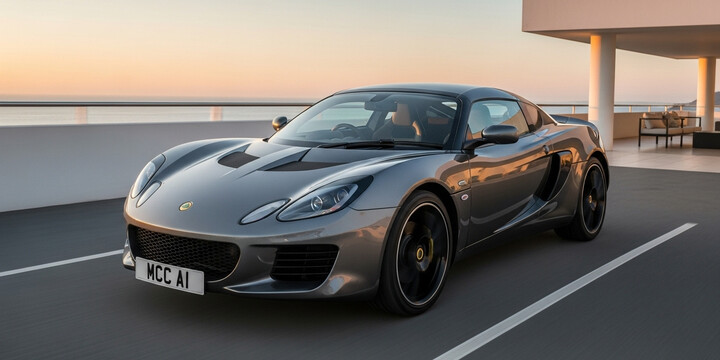
LOTUS EVORA (2009-21)
The LOTUS EVORA (2009-21) is a striking sports car that combines high-performance engineering with distinctive styling, making it a true standout in the UK market. Designed as a sleek, mid-engine coupe, the Evora appeals to driving enthusiasts and those seeking a unique, dynamic vehicle. Its reputation for agile handling, sharp driving experience, and memorable design makes it ideal for car lovers and those who enjoy spirited driving, rather than daily family commuting. With an average mileage of around 44,700 miles and a typical value of approximately £31,666 in private sales, the LOTUS EVORA offers a blend of exclusivity and investment potential.
What sets the LOTUS EVORA apart from its rivals is its lightweight construction, powerful engine options, and exceptional build quality, which together deliver a truly engaging driving experience. While it's not the most practical choice for everyday tasks, it is highly regarded for its reliability and performance in its class, especially among sports car enthusiasts. If you're looking for a distinctive, head-turning vehicle with a rich driving pedigree, the LOTUS EVORA (2009-21) is a compelling option worth considering on MyCarCheck.com.

average use

The most recent mileage data for Lotus Evora (2009-21) vehicles shows that the majority of recorded readings fall between 40,000 and 70,000 miles, with 17.9% each in the 40,000–50,000 and 20,000–30,000 mile ranges, indicating these are common mileage brackets for this model. Notably, very low mileage vehicles (0–10,000 miles) constitute only around 5.8%, while high-mileage cars (over 100,000 miles) are quite rare, comprising just 1.6% collectively. This suggests the typical Lotus Evora in this dataset has accumulated between 40,000 and 70,000 miles, with most vehicles being moderately driven rather than extensively clocked or near new.

vehicle values
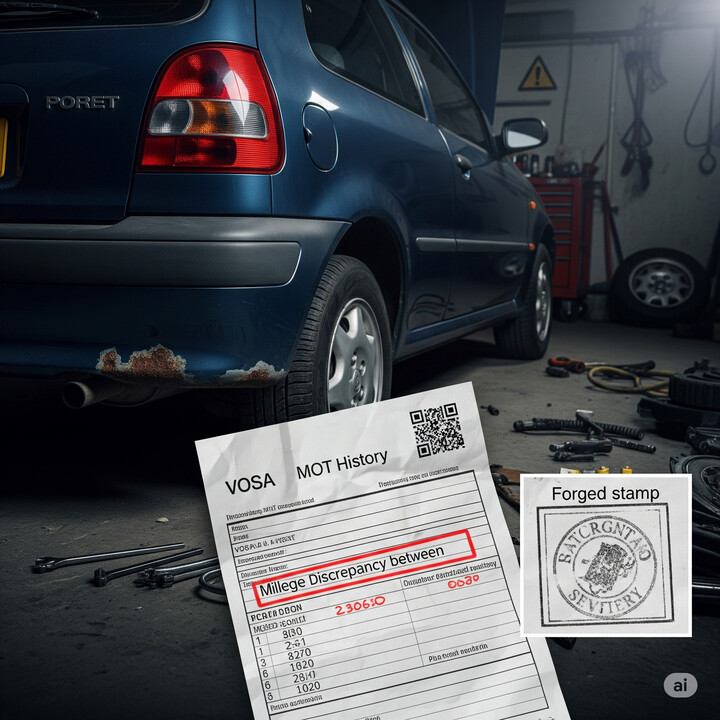
The private sale valuation data for Lotus Evora (2009-21) reveals that most price ranges tend to have low percentages, generally below 7%, indicating relatively tight margins for private sales. Notably, the highest percentage (6.3%) occurs within the £27,000–£28,000 and £25,000–£26,000 ranges, suggesting these are more common or potentially more dynamic price bands. Conversely, very low or high price ranges, such as under £16,000, over £52,000, or from £45,000 upwards, show minimal percentage variation, often around 0.4% to 0.9%, indicating fewer transactions or less volatility in these segments. Overall, the data suggests a concentration of private sale valuations between approximately £18,000 and £43,000, with relatively stable pricing within these ranges.

production years
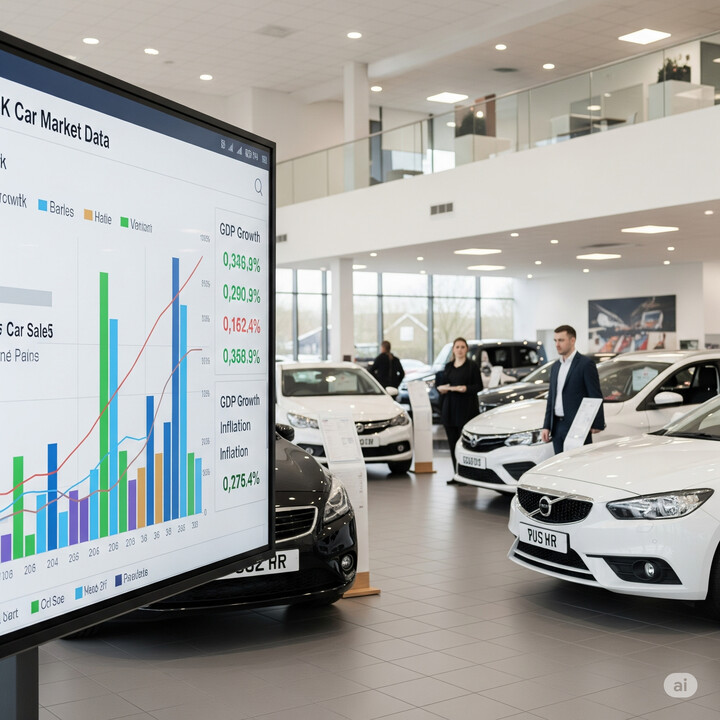
The data indicates that the majority of Lotus Evora (2009-21) vehicles were manufactured between 2009 and 2013, with over 88% of the vehicles produced within this period. Specifically, 17% were made in 2009, 32.6% in 2010, and 23.2% in 2011, showing high production activity during these years. After 2013, production sharply declined, with only small percentages manufactured in subsequent years—less than 7% overall from 2014 to 2016. Notably, there are no data points beyond 2016, suggesting that most vehicles covered are from the earlier parts of the production run. This trend highlights that the majority of Lotus Evora models on the road are relatively early models from the initial production years.
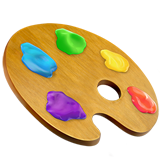
colour popularity
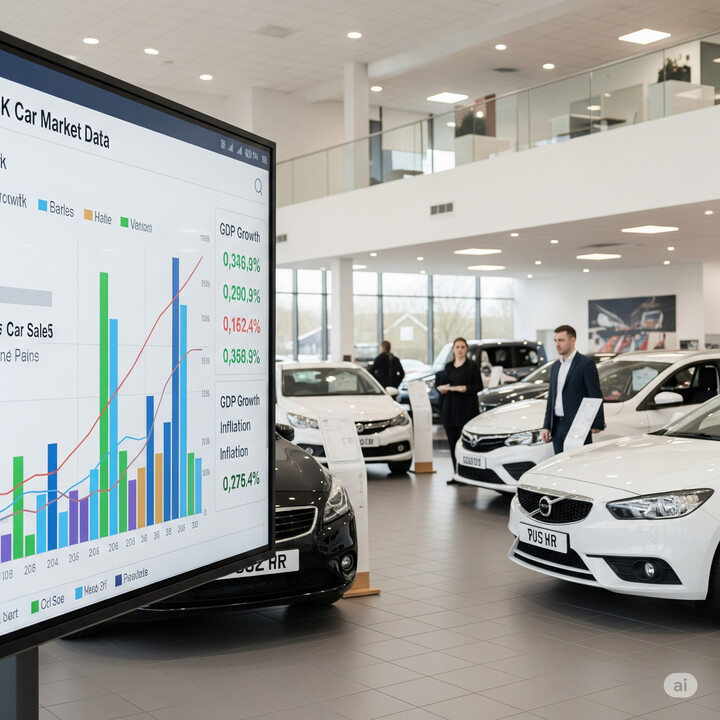
The data indicates that among Lotus Evora (2009-21) vehicles, the most common main paint colours are White (20.1%), Black (17.4%), and Grey (16.5%), suggesting these are popular choices. Notably, White is the leading colour, reflecting a preference for lighter, classic shades. Bright colours such as Yellow (5.8%) and Orange (4%) are less common, while green is the least prevalent at 1.8%, indicating limited popularity for more distinctive hues. Additionally, a small percentage (0.4%) features a White/Black two-tone scheme, highlighting some variation in colour styling.

ownership cycle

The data on the number of registered keepers for Lotus Evora (2009-21) indicates a diverse ownership pattern. The most common number of keepers is four, accounting for 21% of vehicles, followed by three keepers at 20.5%, and two keepers at 18.8%. Notably, a significant portion of the vehicles, approximately 41%, have had between one and three keepers, suggesting a relatively stable ownership for a substantial number of cars. Smaller segments with very few owners, such as those with 10 or 11 keepers (each at 0.4%), are quite rare. Overall, this distribution hints at a typical ownership lifecycle, with many vehicles changing hands a few times before possibly being retired or kept long-term.

engine choices

The data for the Lotus Evora (2009-21) indicates that nearly all vehicles (99.1%) are equipped with a 3456 cc engine capacity, with a small minority (0.9%) featuring a 3498 cc engine. Additionally, all surveyed vehicles run exclusively on petrol, with no alternative fuel types recorded. This suggests a uniform engine size and fuel type focus within this model range.












